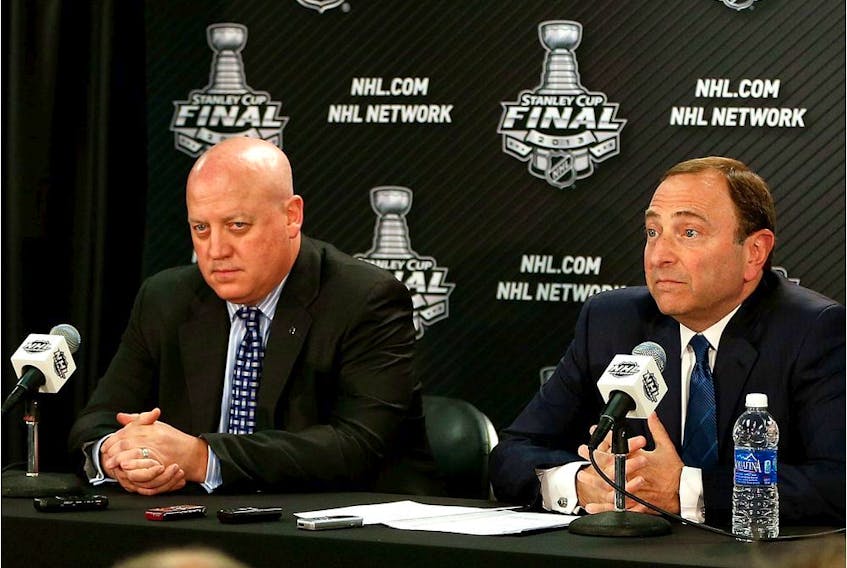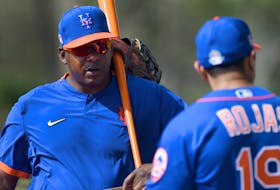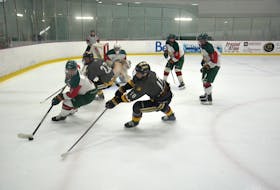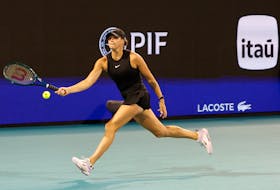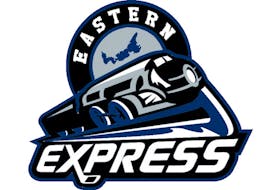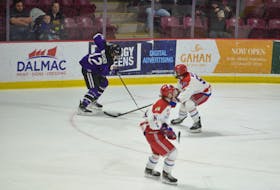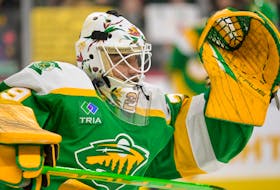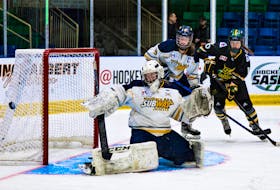CHARLOTTETOWN, P.E.I. — The NHL remains in limbo after pausing its season on March 12 due to the coronavirus (COVID-19 strain) pandemic. There’s ongoing speculation among fans and pundits about when the season will resume and in what form.
League officials, including commissioner Gary Bettman, maintain all options remain on the table, including staging the remainder of the schedule and the full playoffs through July and August. They’ve already asked their 31 clubs to seek available dates in their respective venues during those months.

The league also announced the postponement of its June off-season events, such as the NHL awards and the draft, originally slated for Montreal. The annual July 1 start of its free-agent period is also expected to change, ensuring players on expiring contracts remain covered to play through the summer.
Awarding a Stanley Cup champion this season isn’t the only reason behind the NHL’s desire to complete the 2019-20 campaign. Recent reports suggest cancelling the season could cost the league around $1 billion US in revenue.
Being a predominantly gate-driven sports league, the NHL needs to get fans back into arenas if it hopes to recoup any of those losses. The problem, however, is each NHL market has different COVID-19 guidelines. It could be months before health officials approve the staging of sporting events in each city, which could force the league to cancel the remainder of the season and the playoffs.
That loss of revenue will affect next season’s salary cap. Originally projected to reach between $84 million and $88.2 million, it could come in below the current $81.5 million. Reports suggest the league and the NHL Players’ Association could agree to an artificially higher cap number to alleviate hardship for cap-strapped clubs.
Regardless of whatever decision the league makes for this season, officials maintain staging a full 2020-21 campaign is a priority, even if it means pushing the start of the schedule from early October into November.
It’s assumed a full schedule next season could help the league get back on track financially, but that will be determined by how quickly the North American economy rebounds from the pandemic.
Some economists fear the outcome will be another recession akin to that of 2008 or worse. If so, hockey fans won’t have as much disposable income. With the fan cost index of $424.62 US (per the Team Marketing Report website) for a family of four to attend an NHL game in 2019, there could be more empty seats in arenas around the league next season.
The NHL felt the effect of The Great Recession a decade ago, seeing only a marginal rise in the cap for the 2009-10 season. If the fans don’t flock back next season, the cap could remain stagnant or decline for 2021-22, leading to a rash of cost-cutting trades and contract buyouts. It will also affect the free-agent market, leaving players few options for lucrative new deals.
Lyle Richardson is a freelance writer with the Sporting News and runs the website Spector’s Hockey. His column will appear in The Guardian throughout the NHL hockey season.

